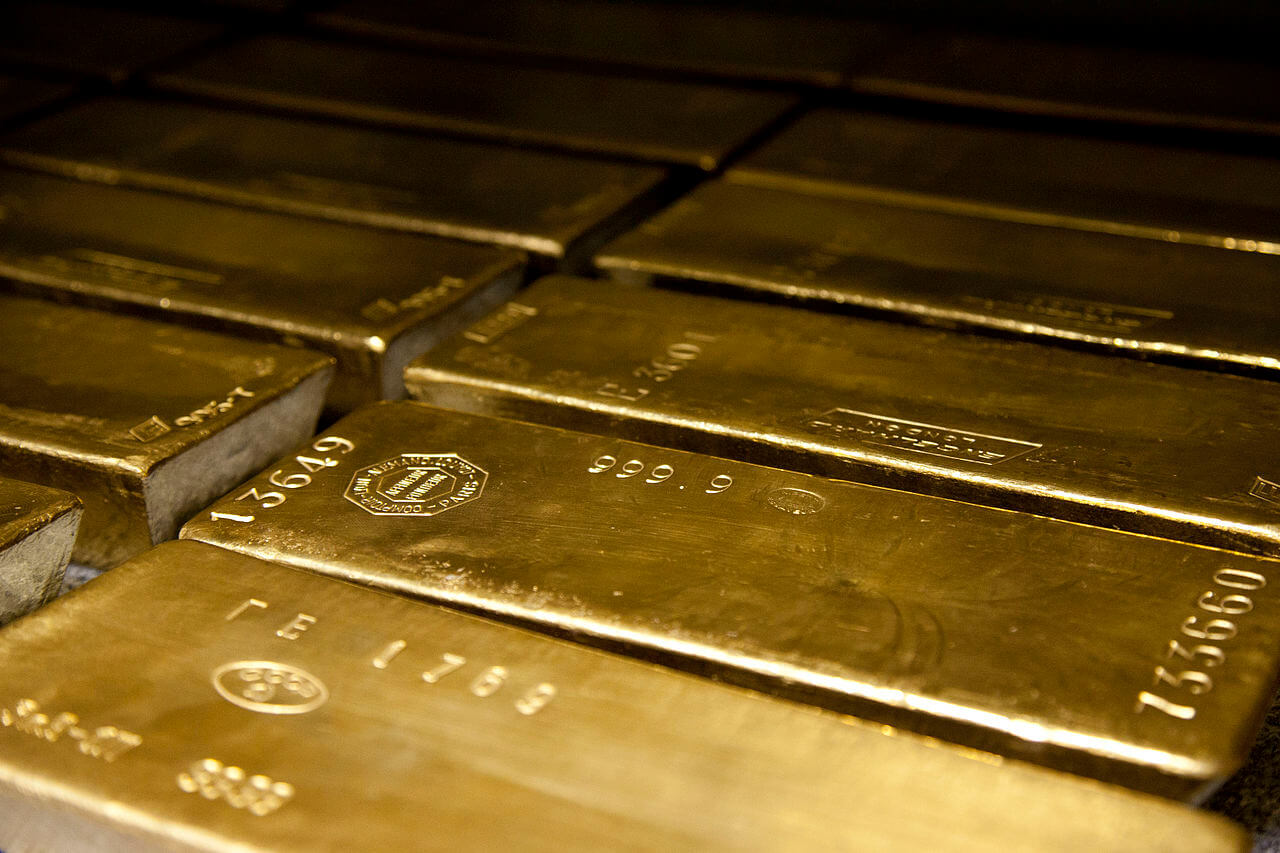Featured
Gold demand appreciates in India but remains subdued across Asia
The demand for gold across Asia remains low, but experts claim that it will gain momentum after Chinese New Year.

Physical gold demand in India improved as the government kept some of the import taxes on gold unchanged. Still, the overall demand for the precious metal remained low across Asia.
Indian jewelers have started buying gold again. They opted to delay their purchase of the precious metal several weeks before the annual budget approval last February 1. Sellers also previously offered discounts because of the lower demand prior to the budget approval. The jewelers anticipated a reduction in taxes, but it turned out to be relatively the same.
With the budget already accepted, there’s no reason left for the purchase holdup. According to the proprietor of the Mumbai-based gold wholesaler Chenaji Narsinghji, Ashok Jain, procuring gold is a must now, in preparation for the upcoming jewelry exhibition by Gem & Jewellery Export Promotion Council (GJEPC). The GJEPC event this month is a big opportunity for jewelers to display their designs and attract potential buyers.
Higher gold prices
The improved demand for the precious metal among jewelers and other buyers has resulted in higher prices. After five weeks of discounted prices, the selling prices of gold rise by up to $2 per ounce after the domestic taxes and budget were officially announced.
The price of gold in India also has a 10 percent import tax. Still, the recent price hike is lower compared to the previous discount of $3 per ounce offered by sellers. In terms of domestic trade of physical gold, prices of the precious metal recently rose to Rs 30,720 per 10 grams—the highest price level since November 9, 2016.
The gold price surge in the country can also be attributed to the recent depreciation of the rupee. Investors are now more bullish about gold as the Indian currency continues to depreciate because of the worries about fiscal scarcities. It is highly likely that investors will shift to gold because it is a traditional safe haven when the value of equities is falling.

The demand for gold picked up in India, but the demand remains low across Asia. (Source)
Gold demands in China, Hong Kong, Singapore and Japan
On the other hand, the demand for gold in other major Asian countries remained subdued. In China, the relatively low demand for gold can be attributed to the busy preparations for the Chinese New Year. The Chinese people are in a festive and shopping mood and are not yet so concerned about investing in commodities like gold.
The premiums on gold in China ranged from $6 to $8 per ounce compared to the $7 per ounce in the previous week. Meanwhile, the premiums on gold in Hong Kong are much lower at 60 cents to $1 per ounce. Previously, the premiums were between 60 cents and $1.20.
According to Wing Fung Precious Metals head of dealing Peter Fung, the physical demand for gold in China is expected to decline until after the Chinese New Year. However, it is also expected to stabilize after the holiday season.
The current high prices of gold are also making many Chinese investors hesitant on investing. According to Lee Cheong Gold Dealers chief dealer Ronald Leung, a rise in gold buying may occur if the prices come down to $1,320 or $1,330 per ounce. As of writing, the benchmark spot gold had a 0.3 percent drop, reaching $1,345.22 per ounce. It is also 0.4 percent lower for the week thus far.
In Singapore, meanwhile, the premiums on gold stayed relatively the same in the recent weeks at 60 to 80 cents per ounce. This is again related to the approaching Chinese New Year.
In Japan, the precious metal is still being sold at 50 cents off per ounce because of the low demand.
(Featured image by Andrzej Barabasz via Wikimedia Commons. CC BY-SA 4.0)

-

 Impact Investing1 week ago
Impact Investing1 week agoEU Expands Leadership in Sustainable Finance with Record Green Bond Impact
-

 Impact Investing5 days ago
Impact Investing5 days agoEU End-of-Life Vehicles Rule Pushes Cars Toward a Circular Economy
-

 Crowdfunding2 weeks ago
Crowdfunding2 weeks agoFlower Burger Launches Crowdfunding to Fuel Growth in Booming Plant-Based Market
-

 Business2 days ago
Business2 days agoTopRanked.io Weekly Affiliate Digest: What’s Hot in Affiliate Marketing [1xBet + FIFA World Cup]

























You must be logged in to post a comment Login